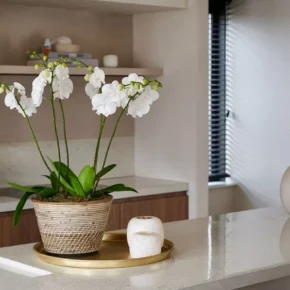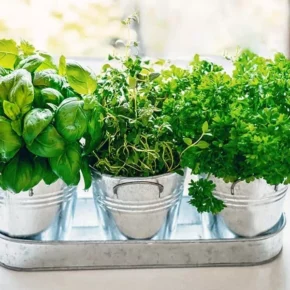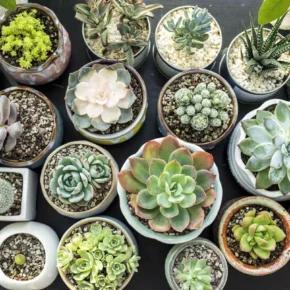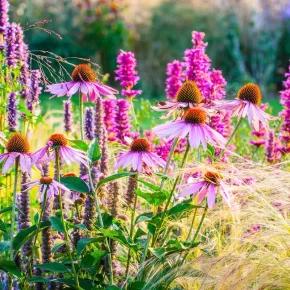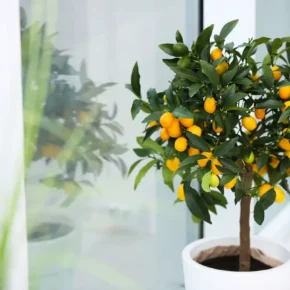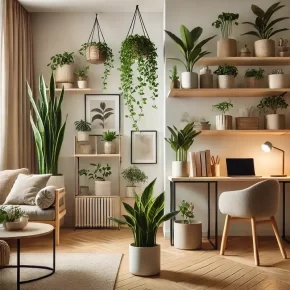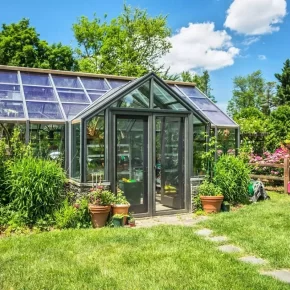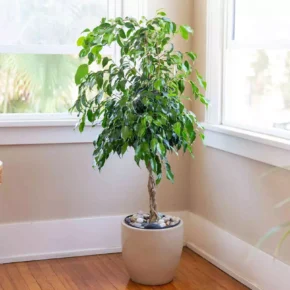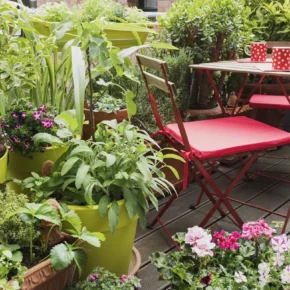Orchids are one of the most beautiful and popular flowers in home floriculture. Their elegant flowers can decorate any interior, adding a touch of exoticism and sophistication.
However, in order for an orchid to flourish in your home, it needs to be properly cared for.
1. Choosing a pot and substrate
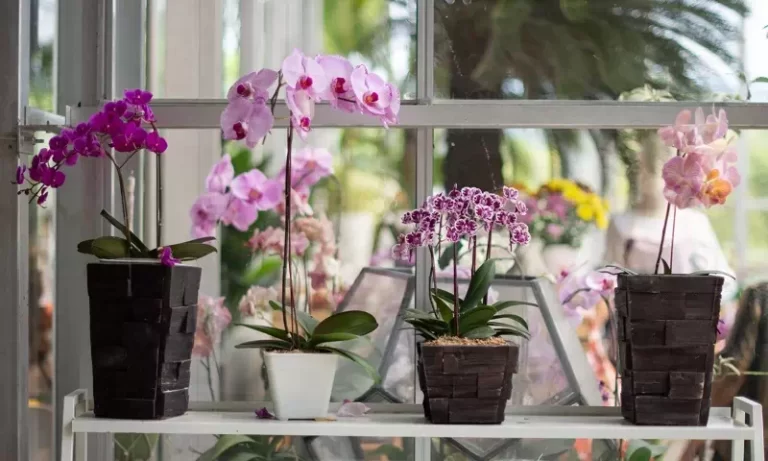
One of the first steps in caring for an orchid is choosing the right pot and substrate. Orchids belong to epiphytes, so they need a specific mixture for growing.
- Pot : It is best to use a clear plastic pot with holes for drainage. Transparency allows you to observe the state of the root system, and drainage ensures the outflow of excess water.
- Substrate : Orchids do not grow in a normal soil mixture. A substrate of tree bark, perlite and sphagnum moss is ideal for them. Such a mixture provides air access to the roots and promotes water drainage.
2. Lighting
Lighting is a key factor in orchid health. A correctly chosen place for a flower will help it grow actively and bloom regularly.
- Lighting level : Orchids need bright, but diffused light. Direct sunlight can damage the leaves, causing burns. The ideal place is an east or west window, where the light is not so aggressive.
- Lack of lighting : If you notice that the leaves of the orchid have turned dark green, this may indicate a lack of light. In this case, you can use special lamps for indoor plants.
3. Watering
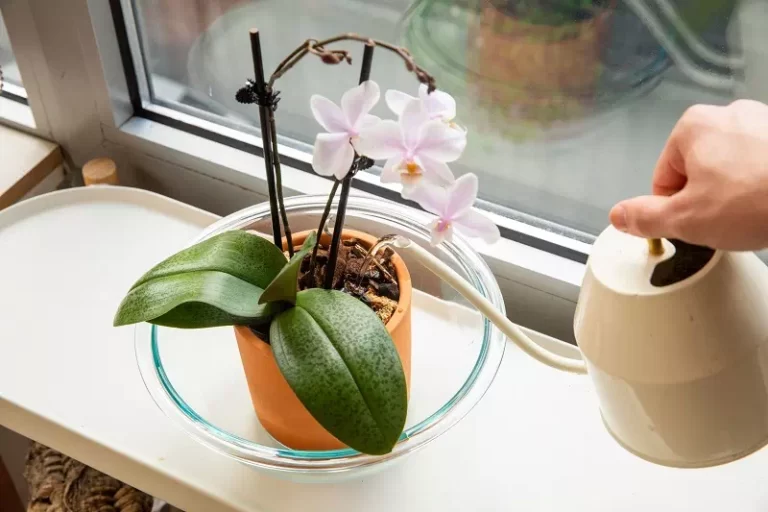
Orchid watering is one of the most important and at the same time the most difficult aspects of caring for this flower. Excessive or insufficient watering can lead to the death of the plant.
- Frequency of watering : It is better to water orchids rarely, but abundantly. Usually one watering per week is enough. In the warm period, the frequency of watering can be increased, and in winter, on the contrary, reduced.
- Watering method : It is best to place the orchid pot in a container of water for 10-15 minutes so that the roots absorb moisture, then let the water drain.
- Water : Use soft water for irrigation, for example, settled water or rainwater. Orchids are sensitive to chemicals in the water, so it is best to avoid tap water with high chlorine and salt content.
4. Air humidity
Orchids are used to humid tropical conditions, so it is important to maintain an appropriate level of humidity indoors.
- Humidity level : The ideal humidity level for an orchid is 50-70%. If the air in your home is dry, you can use humidifiers or place water containers near the plant.
- Spraying : Spraying the leaves of the orchid will also help to maintain humidity, but do not spray the flowers to avoid rotting.
5. Temperature regime
Temperature is another important factor in orchid cultivation. Most types of orchids feel good in indoor conditions, but there are a few nuances.
- Day and night temperatures : The optimal temperature during the day is 18-25°C, and at night – 16-18°C. Slight differences between day and night temperatures contribute to the flowering of the orchid.
- Protection from drafts : Orchids do not like sudden changes in temperature and drafts, so you should avoid placing the flower near open windows or air conditioners.
6. Nutrition
Orchids require additional nutrients for healthy growth and flowering.
- Frequency of feeding : Use special fertilizers for orchids about once every two weeks during active growth (spring-summer). In autumn and winter, feeding should be reduced or stopped.
- Type of fertilizers : Liquid fertilizers that can be dissolved in water for irrigation are usually used. It is important to follow the instructions on the package and not to exceed the dose.
7. Orchid transplant
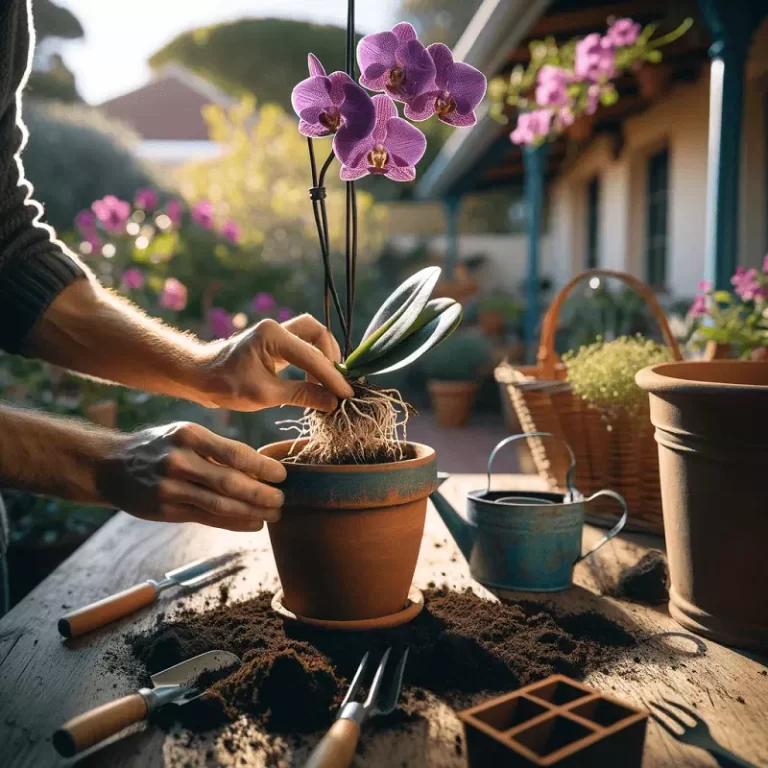
Transplanting an orchid is necessary when the roots become too tight or the substrate loses its properties.
- Frequency of transplanting : Orchids should be transplanted every 2-3 years. The optimal time for transplanting is spring, when the plant is actively growing.
- Preparation for transplanting : Carefully remove the orchid from the pot, cut off the rotten or dry roots and place in a new substrate.
8. Care after flowering
After the orchid has faded, it is important to properly care for the plant so that it will bloom again.
- Pruning : After flowering, cut the peduncle 2-3 cm above the level of the node to stimulate the growth of new shoots.
- Rest period : After flowering, orchids usually enter a rest period, during which watering and feeding should be reduced, providing the plant with suitable conditions for rest.
Growing an orchid at home requires attention and compliance with several important rules. Proper orchid care includes choosing a suitable substrate, regular but moderate watering, maintaining optimal humidity and temperature. Providing these conditions, you will be able to enjoy a healthy and blooming orchid, which will become a real decoration of your home.


